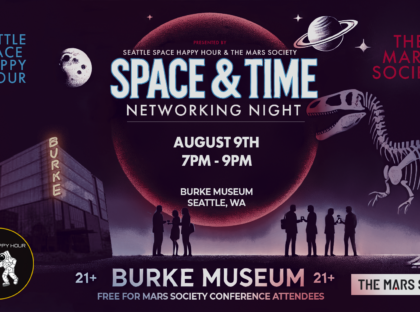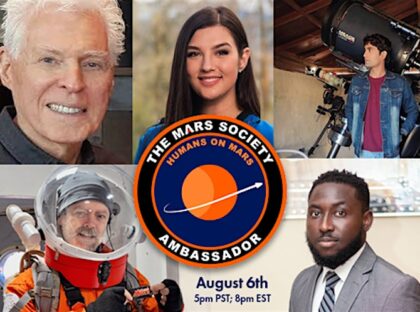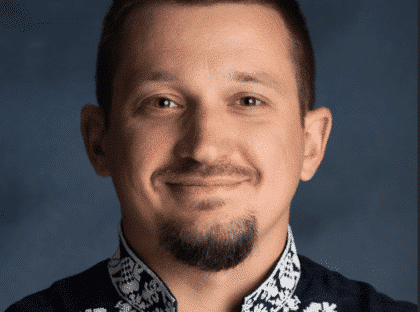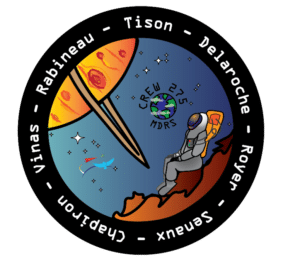
Crew 275 – ISAE-Supaero (France)
Crew Commander: Jeremy Rabineau
Executive Officer / Crew Engineer: Quentin Royer
Crew Journalist: Marie Delaroche
Health & Safety Officer: Corentin Senaux
Crew Botanist: Adrien Tison
Crew Scientist: Alice Chapiron
Crew Astronomer: Alexandre Vinas
Introduction
Crew 275’s rotation on the MDRS campus marks the 10thh time that students from ISAE-Supaero perform research in this station. We are very proud of the progress made between Crew 151, when two Supaero students joined an existing crew, and today: a fully student-run crew, conducting research over the course of a month-long mission at MDRS. This year, our aim was to focus on large-scale human factors experiments, ambitious technological demonstrations, and measurement campaigns in both atmospheric physics and geology.
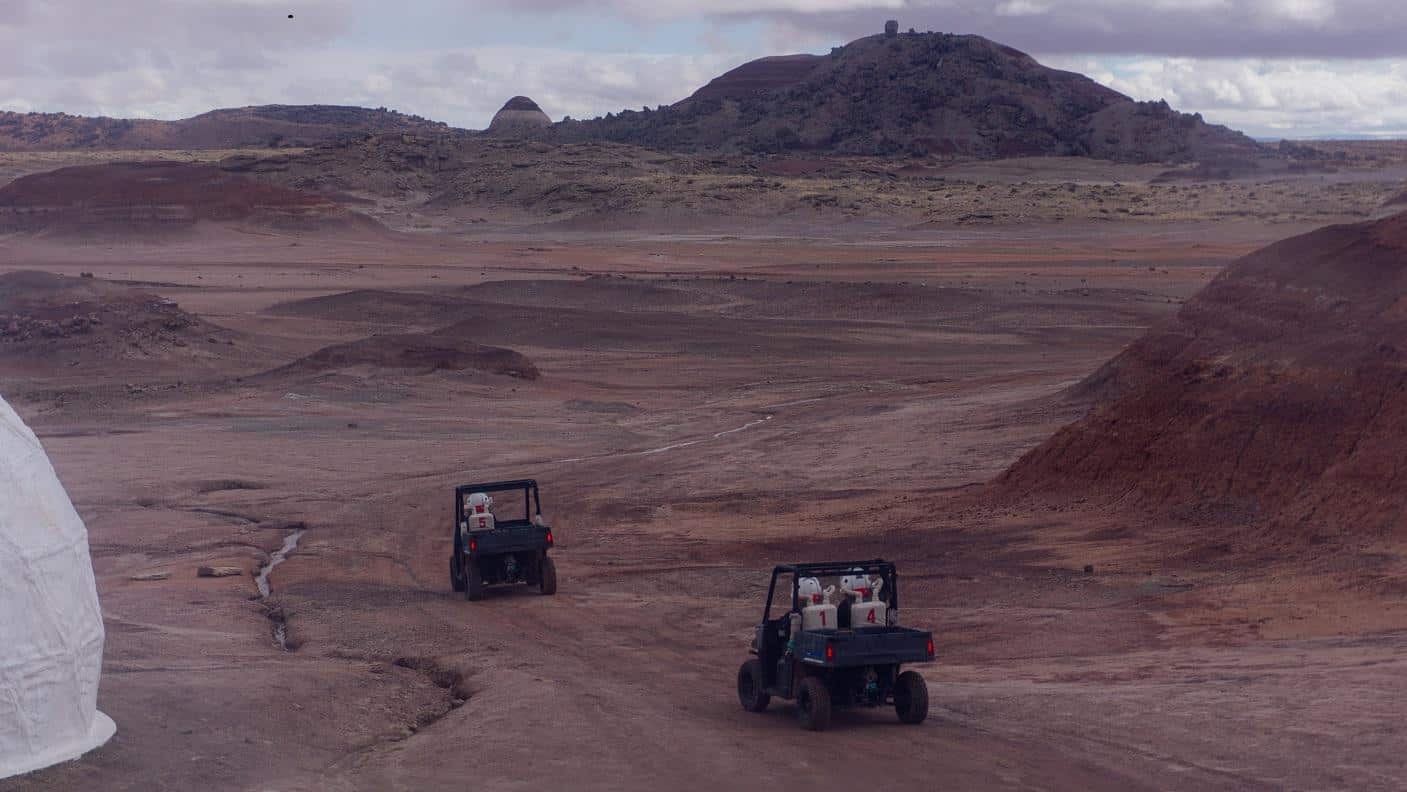
It’s amazing how quickly we get used to extraordinary things. Upon arriving at the station a month ago, we were facing our dream, facing what we had worked so hard to attain, and for that reason we felt invincible. Over the past weeks, we have dodged storms, lived under Mars’ atmosphere, played by his rules, encountered obstacles, and sometimes unfavorable odds. It is difficult now to look back and see what we have accomplished: it all still feels part of our day to day, of routine operations, and the tiny steps along the way don’t yet add up to the monumental leap we have taken.
Artificial Intelligence for space exploration
AI4U is an artificial intelligence tool designed by the French space agency to assist astronauts in their tasks. AI4U has three functionalities: A « relax » mode, an « emergency » mode, and a mode to retrieve environmental data from all of the modules in the station (temperature, pressure, humidity, luminosity, etc.). The « relax » mode worked well, and thanks to the crew taking turns testing it, we managed to define interesting new tracks for improvement. The emergency mode was tested twice. During the first test, we had difficulties because the AI stopped the emergency protocol in the middle of the simulation, but we managed to finish the protocol successfully after a second iteration.
A second experiment with CNES involved artificial intelligence helping astronauts: EchoFinder. EchoFinder is an experiment conducted in collaboration with CNES and MEDES, consisting in testing a protocol for astronauts to perform ultrasounds without any prior training. This experiment has already been conducted in the past by Supaero crews.
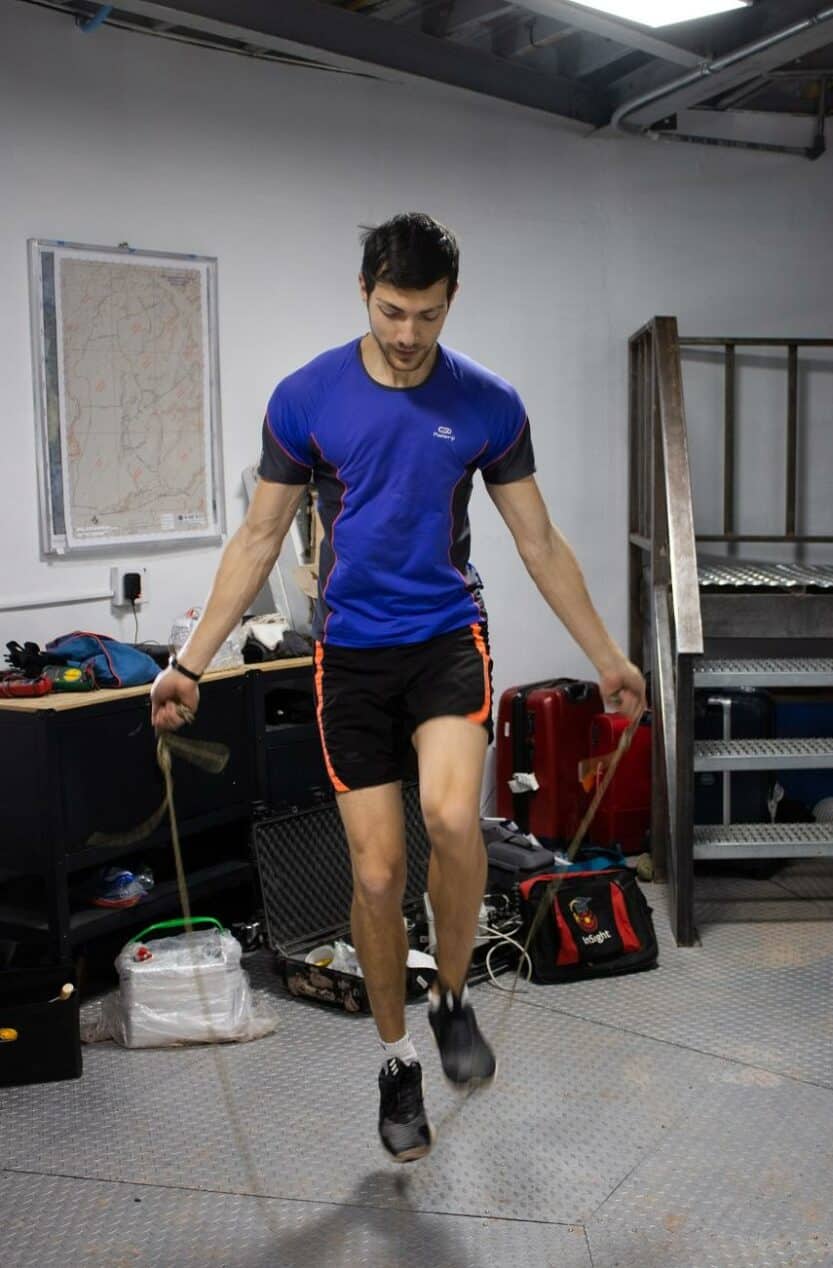
This year, the aim was to test a new Augmented Reality interface coupled with an organ detection AI. We have successfully completed the 12 planned sessions, each performed in pairs: the two crewmembers take turns in performing the ultrasound and being subject of the experiment. One injured crewmember did not take part in the experiment during the last week of the mission, and the other crewmembers took turns filling in for her.
We have had several issues with this experiment one week into our rotation, mainly because our hardware did not support the EchoFinder software very well. With the help of the researchers from CNES, our crew engineer managed to transfer the software to a more powerful device, which has made the last 8 sessions much easier to perform. After our 4-week mission, we have succeeded in providing the researchers with a complete set of data, consisting in detailed reports of each ultrasound session as well as videos of every organ detected for each crewmember. The researchers at CNES will be able to evaluate the accuracy of their AI and how the AR interface can be improved.
Human factors: KTHitecture
Studying the impact of the architecture of an interplanetary space station on the global psychology of the astronauts is critical to optimize their performance.
For this study, we deployed environmental monitoring sensors throughout the station. Each sensor provided us with information about pressure, temperature, humidity, and luminance.
We also set up an Indoor Positioning System to track each crewmember within the MDRS. We connected 10 “anchors” spread around the MDRS, consisting in electronic boards remaining at the same location. Each crewmember wore a “tag”, which logged its distance to the anchors every 10 seconds.
Each crewmember also wore a smartwatch during the night, in order to monitor their sleep activity. A chestband was also worn during the day to measure ECG, heart rate, and accelerometry.
All 3 aforementioned datasets will be used to correlate the stress level of the astronauts to their location and the environmental conditions.
To measure the performance of each crew member in the different modules, given different environmental parameters and levels of privacy, they all took psychometric tests throughout the mission.
Finally, we used 3D maps of the inter-crewmembers interactions, generated by questionnaires. This enabled us to follow the current team setup, the optimal team setup, the effectiveness of communications, the team atmosphere and performance, etc. We observed that the evolution was correlated to internal issues faced and friendships formed during the mission.
Atmospheric instruments measurements campaign
This year’s atmospheric measurement campaign for CNRS researchers was a success. Dealing with rough and unpredictable weather, we had to solve many problems on the spot and adapt to the circumstances. We mainly measured the electric field (with the field mill and MegaAres), the particle concentration in the air (with the LOAC and PurpleAir) and the wind speed (with our weather station), in order to correlate these different parameters.
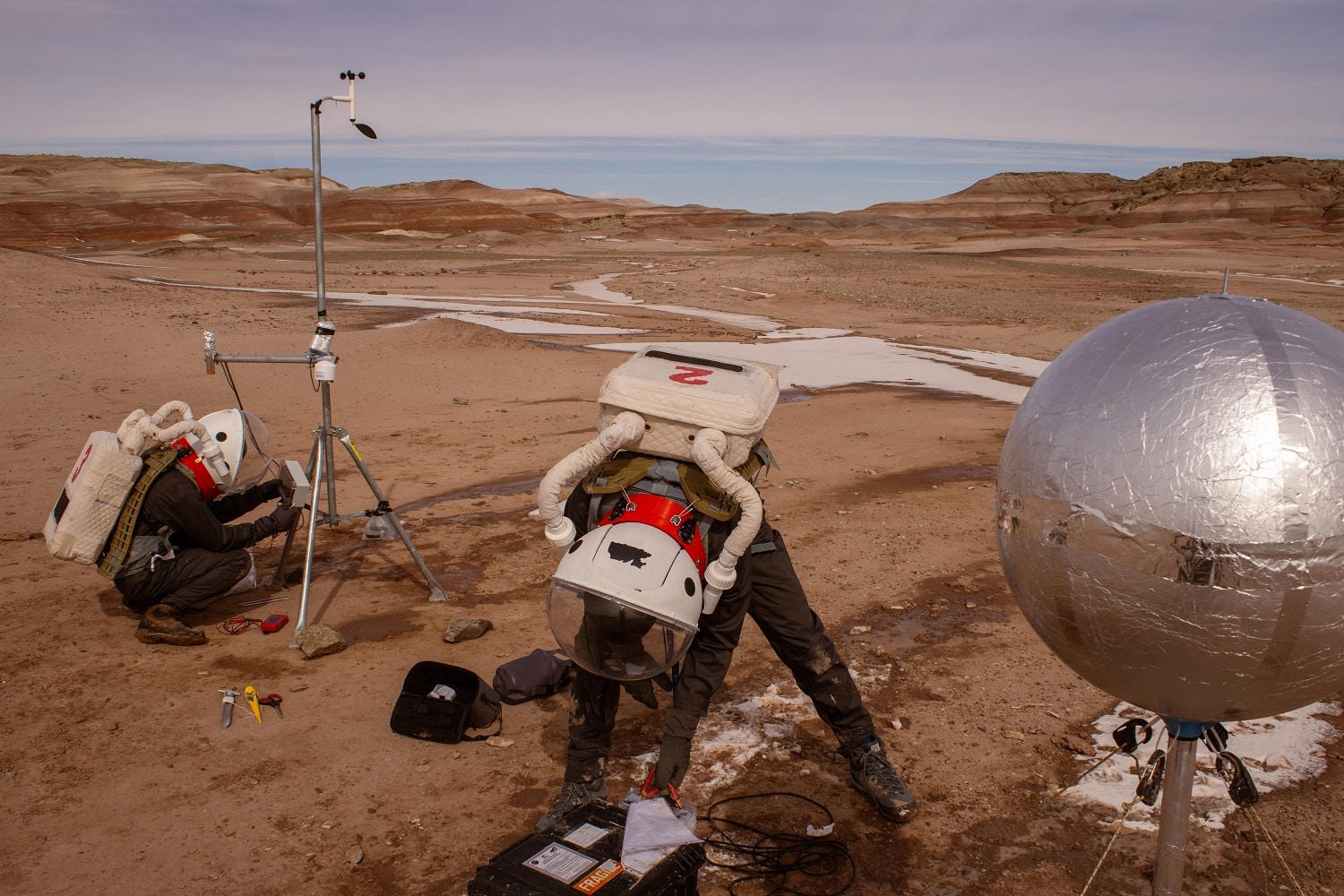
We had difficulties setting up the instruments at the beginning of the simulation because of the snowy or windy weather, and because of a conductivity problem on the MegaAres antenna. We started the measurements at the end of the second week, although we had to perform regular maintenance EVAs to retrieve and reinstall certain sensitive instruments, given the variations in atmospheric conditions. We managed to measure the Canegie curve (daily variation of the Earth’s electric field, measurable in undisrupted and clear conditions which can be observed in the Utah desert), which is usually very difficult to obtain.
Astronomy
The aim of this project was to measure different characteristics of pre-identified asteroids. Unfortunately, as both of the robotic observatories were non-nominal during the entire simulation, or non-operational because of the weather, our crew astronomer could only capture a single picture of an asteroid on February 17th, thus the research project on asteroid light curves could not be completed. However, he will continue the project after the simulation, as he still has all of his credits on Skynet. As he couldn’t complete the astronomy project, he used the Musk solar observatory to take pictures of the sun.
To read the full mission summary, please click here.
